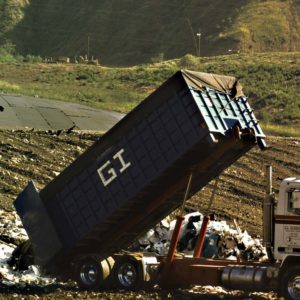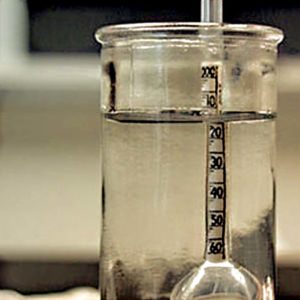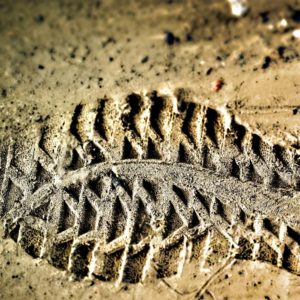Issue Date: 8th June 2018

SoBRA held a workshop on uncertainty in human health risk assessment in June 2016. The objective of the workshop was to consider key issues associated with the CSM and site investigation for landfill sites. Delegates were asked to consider a wide range of issues to identify those representing accepted scientific understanding and/ or good practice, and those which require further work to extend, improve or clarify current understanding or practice.






